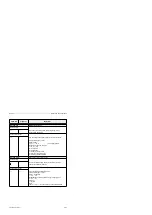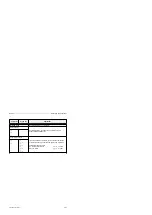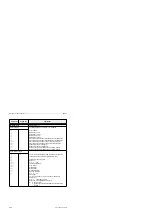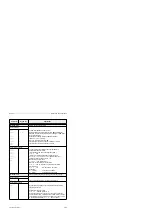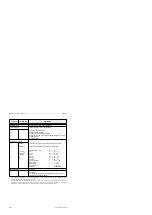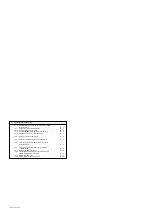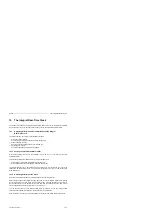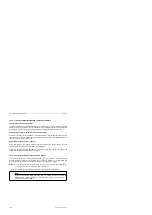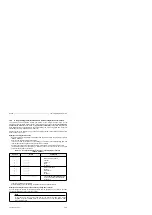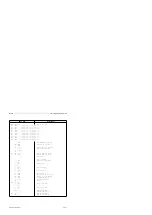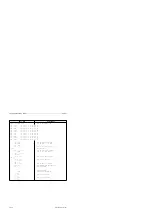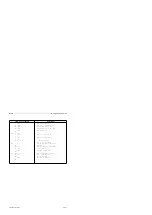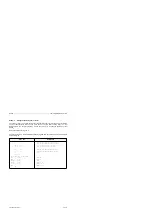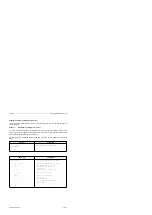
The Integral Real-Time Clock
S5-95F
10.3
Structure of the Status Word and How to Scan it
You can scan the status word to identify errors in the entered settings. You can deliberately change
certain bits in the status word to enable or disable transfer or read operations.
You can use designated flag bits to govern the clock’s behavior when the programmable controller is
switched from the RUN to the STOP mode or during Power OFF.
•
To enable you to set the clock also in the safety mode, we recommend you to store the clock
data area and the status word in the parameter control DB.
•
Access to the clock data area depends on the set operating mode and the signal states of bits 4
and 5 in the status word. You can set or reset these bits using the "S" or "R" operations in the
control program.
•
The operating system resets the "transfer settings" bits (bits 2, 10, and 14 in the status word)
under the following conditions.
- The settings have been transferred.
- The settings have not been transferred because they were outside of the permissible range.
The corresponding error bits (bits 0, 8, and 12 in the status word) are set.
•
The operating system does not reset the "transfer settings" bits (bits 2, 10 and 14 in the status
word) under the following conditions.
- The system data for the clock is either incorrect or not available.
- The clock data area is too small.
- The clock is defective (hardware error).
•
There are four types of bits in the status word.
- Clock flags
- Operating system flags
- Operating hours counter flags
- Prompt time flags
10-6
EWA 4NEB 812 6210-02


